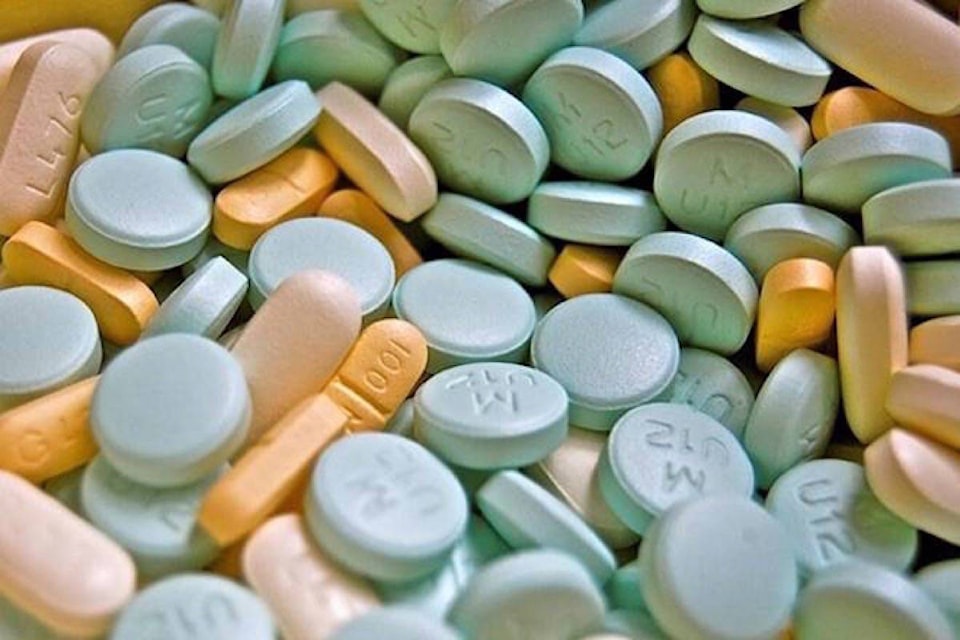Statistics indicate that the number of deaths due to overdose, and the number of ambulance callouts for overdoses, are decreasing in Campbell River, but not in the Comox Valley.
“In fact, the Comox Valley has had more deaths and a higher proportion of deaths from overdose this year than Campbell River, which has been the hotspot until this year. Now it’s the Comox Valley,” Medical Health Officer Charmaine Enns said in a presentation Monday to Courtenay council.
RELATED: Fatal overdoses down by 33% in B.C., but carfentanil deaths continue to spike
Of 71,535 residents in the Valley, an estimated 440 individuals inject illegal drugs, according to data from 2015.
“The people who are dying in this overdose crisis are not just injecting,” Enns said. “We have a significant proportion that are also inhaling. The 440, which comes from administrative data, will definitely under-estimate the size of the population within the Valley that is at risk of an overdose death.”
Coun. Melanie McCollum questioned if the discrepancy with Campbell River is due to a more poisonous drug supply, or less effective harm-reduction strategies locally.
When the opioid crisis started in B.C., Enns said Courtenay and Campbell River were the two smallest communities to have overdose prevention services.
“Is the service the right model?” Enns said. “I don’t know. The thing about the overdose response is it shouldn’t just be about one intervention point. It should also be about the prevention and health-promotion, and other harm-reduction services are also relevant beyond opioids…There is still a very big job ahead in terms of reducing the stigma.”
While the rate of overdose death in B.C. has started to decrease in the last three-and-a-half years, Enns said the province is “not anywhere close” to 2010 or 2011, when there were less than 400 deaths. So far this year, there have been more than 600 illicit drug toxicity deaths in B.C.
The good news is that interventions have made a difference. During a 20-month period from April 2016 to December 2017, an estimated 3,030 deaths in B.C. were averted because of three strategies: naloxone distribution, overdose preventing services and access to Opioid Agonist Therapy. The latter uses suboxone or methadone to treat addiction to opioid drugs such as heroin and fentanyl.
reporter@comoxvalleyrecord.com
Like us on Facebook and follow us on Twitter
